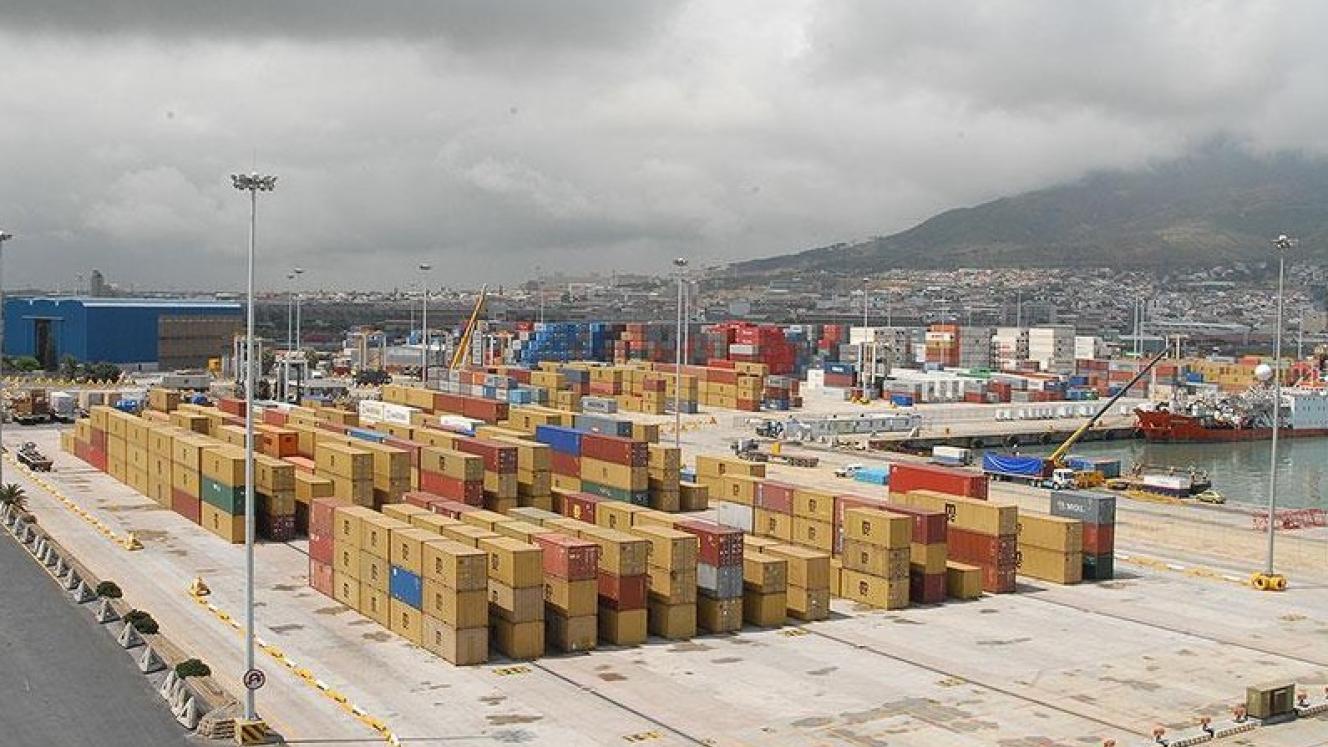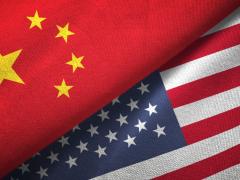Ahead of the meeting later today in Amsterdam by the European Central Bank (ECB), it remains anyone’s guess what the bank might decide about an interest rate hike for the eurozone.
Should the bank proceed – and by all accounts it seems likely – it will be the first time in more than a decade that the euro market is subjected to an increase in its currency’s lending rate.
Earlier sentiments by ECB President Christine Lagarde have pointed to a strong likelihood for a rate increase, but the bank is also loath to contribute to the economic slowdown in Europe because of the war in Ukraine.
The bank though, for the most part, has made its intention well known to bring inflation-curbing strategies in line with the US Federal Reserve.
Associated Press reports that “markets will parse remarks from Lagarde for clues about how far the bank will go in making credit more expensive in the 19 countries using the euro currency”.
“That is because the meeting likely also will lay out a sharp downgrade to the bank’s forecasts for economic growth as Russia’s war in Ukraine sends shock waves through the global economy.”
Another expectation is that the bank will first look at continued economic stimuli by curbing government lending through bond purchase termination.
“The ECB trails other central banks worldwide that have used rate hikes to target surging consumer prices following the rebound from the pandemic and worsened as Russia’s invasion of Ukraine drove up food and energy prices.
“The Fed raised rates in May for the first time since 2000, and the Bank of England has approved hikes four times since December,” AP reports.
What does it mean for South Africa?
In all likelihood, a rate hike of 50 basis points when the Monetary Policy Committee (MPC) of the Reserve Bank next meets on July 21, says Dawie Maree, head of Information and Marketing at FNB Agribusiness.
The rising prices of fuel and food across the world will most likely force the MPC to raise the interest rate as it struggles to contain inflation between three and six per cent.













